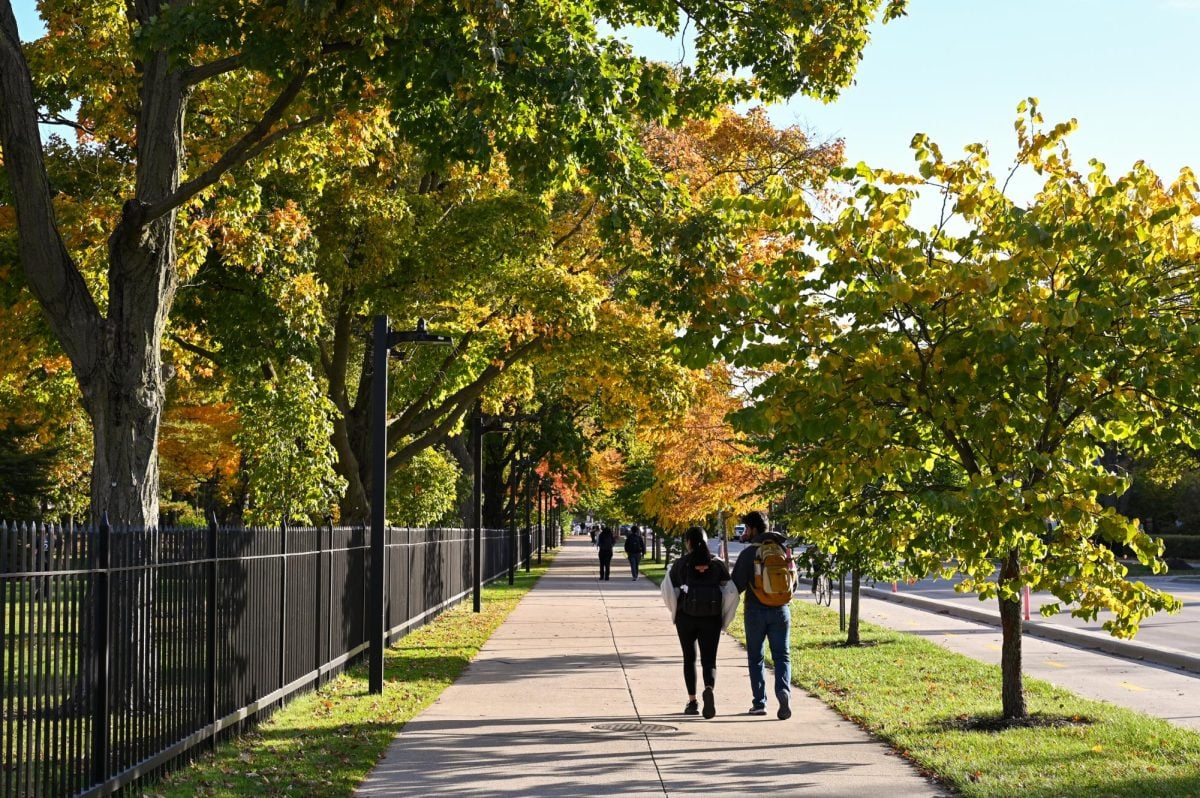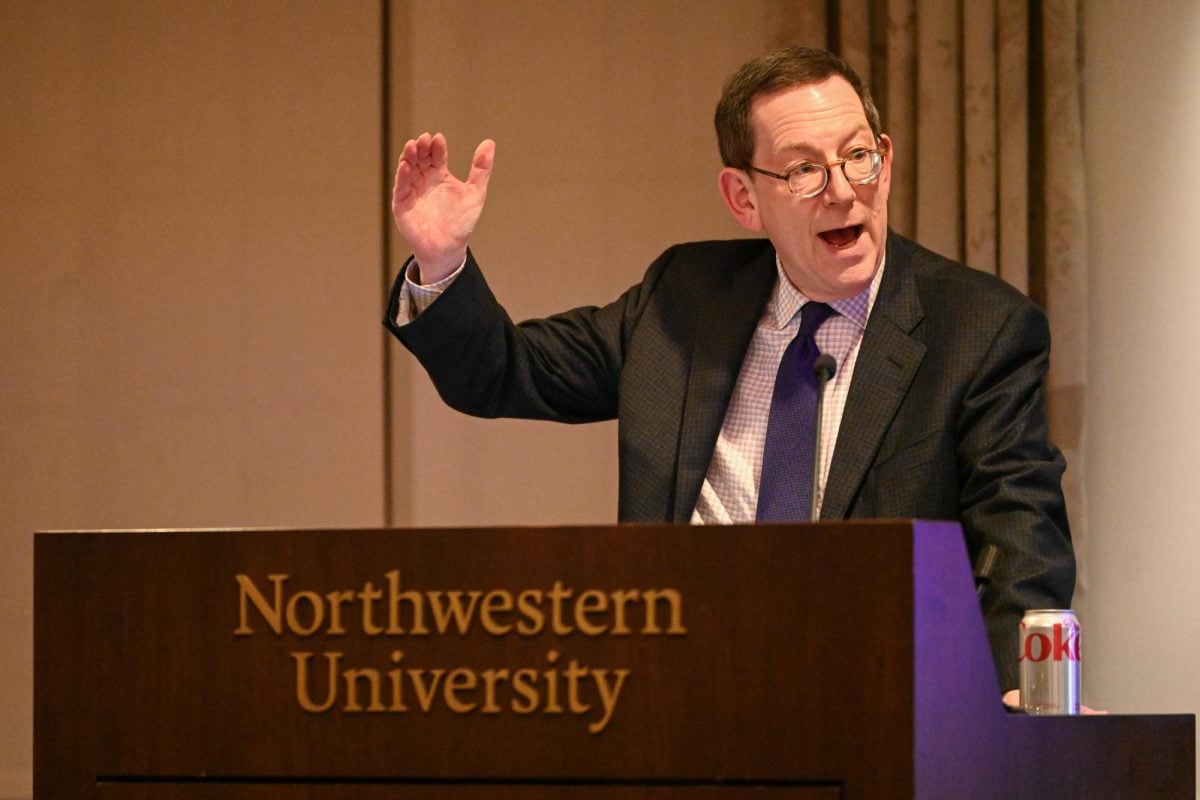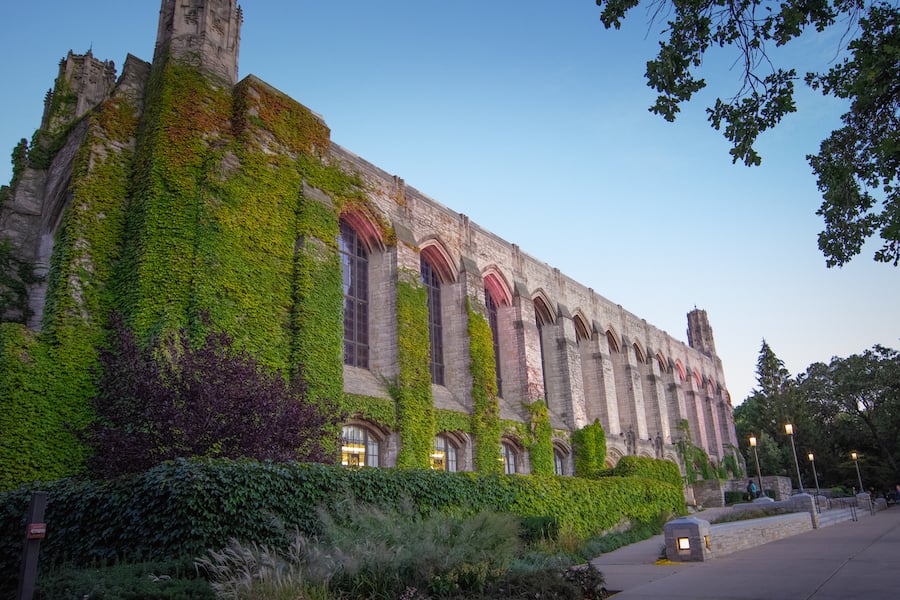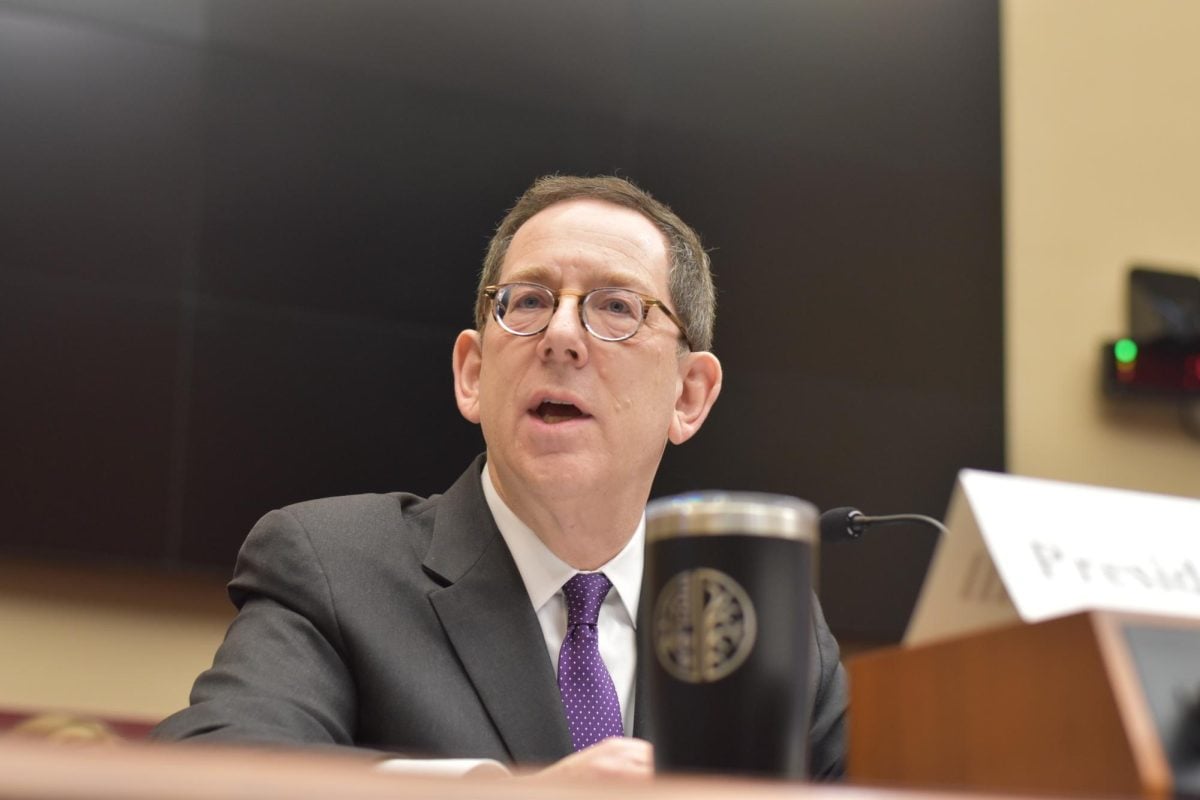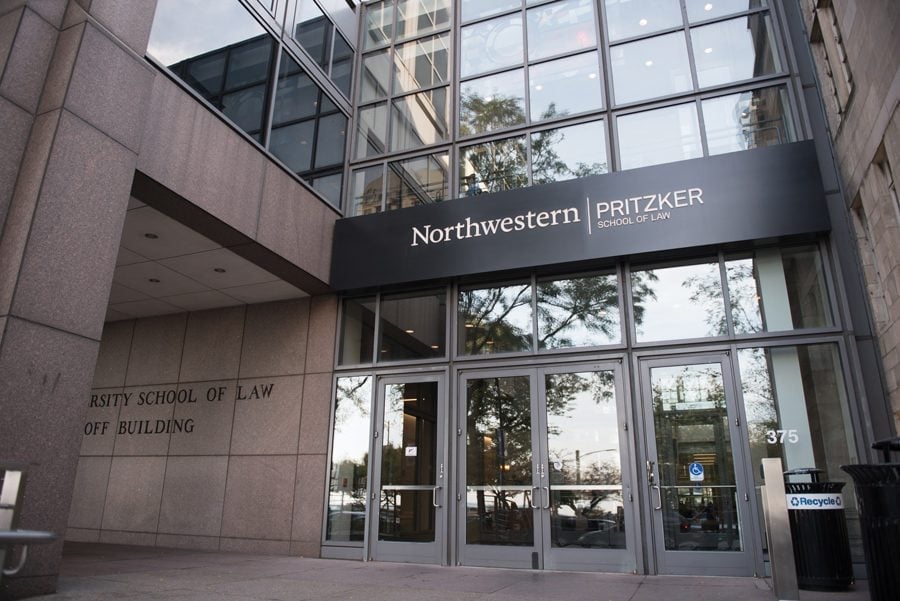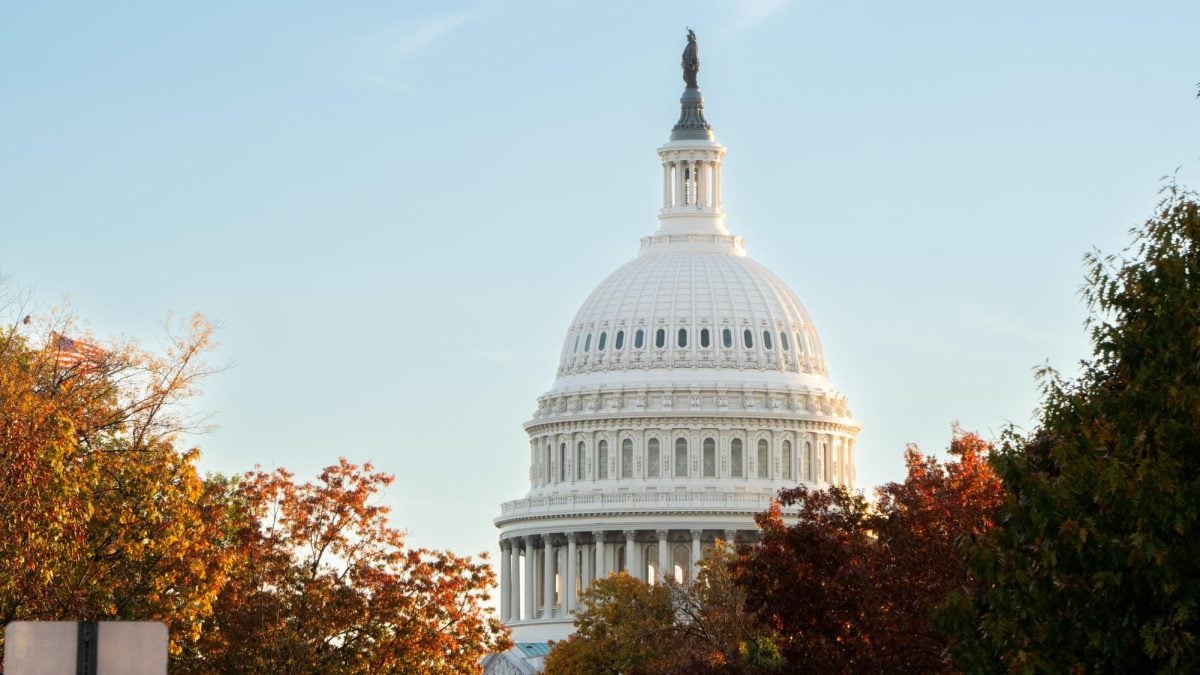With Northwestern’s Jan. 2 regular decision application deadline past and the last of the paper applications trickling into the hands of undergraduate admissions officers, the University has again broken its own record for number of applicants.
“We’re still getting in mail,” said associate provost Mike Mills. “We know we’re up a little and we’ll probably finish up maybe 3 percent over last year, so we might hit 32,000 applications. I think we have 31,500 at this point. Last year, we had 30,900 applications, so to get to (32,000), we’d be pretty happy.”
The rise in regular decision applicants follows a sharp spike in students who applied early decision in November. NU’s early decision is binding, meaning all students accepted are expected to attend in the fall.
NU received 2,450 early decision applications for fall 2012, a 15 percent increase from the number received last year. Of these, NU accepted 804 students, comprising about one third of the early decision applicant pool and 40 percent of the incoming class, which will contain about 2,025 students.
NU Dean of Undergraduate Admissions Christopher Watson attributed the increase to the University’s rise in national popularity.
“I think the more popular the school, the greater number of early applicants that school will get,” he said. “Because of NU’s increased popularity nationally, it’s becoming more appealing to quite a variety of students.”
For example, NU’s Cherubs program, which takes place in the summer and targets outstanding high school students interested in areas such as journalism and film, persuaded some incoming freshmen to apply early.
“I always knew that I wanted to go into journalism and I came across Northwestern and thought it had everything I wanted,” said Shannon Lane, an incoming Medill student from Asbury, N.J. “I went to National High School Institute (Cherubs) and fell in love with it even more.”
Mills said the one-third acceptance rate, though slightly lower than last year’s, is an incentive for students to apply early because it is significantly higher than the 18 percent who were admitted overall last year.
“It’s easier to get admitted,” Mills said. “Our acceptance rate for early decision is much higher than for regular decision. For one, the pool is stronger, so it’s easier to admit a lot of these kids.”
Watson noted early decision applicants tend to do more research on the University before applying.
“More of them have done their homework on what it takes to get into Northwestern,” he said. “You don’t have as many applications where the students didn’t academically have a chance of getting in.”
Mills also said many legacies and athletes tend to apply early decision, which also contributes to its higher acceptance rate.
This year, NU saw one of the highest spikes in early decision applications among peer institutions offering the binding early decision option. Duke University saw a 20 percent increase from last year.
Watson said he is excited to have such a large number of early decision applicants.
“We really want to have more students on campus for whom Northwestern was their first choice,” he said.

